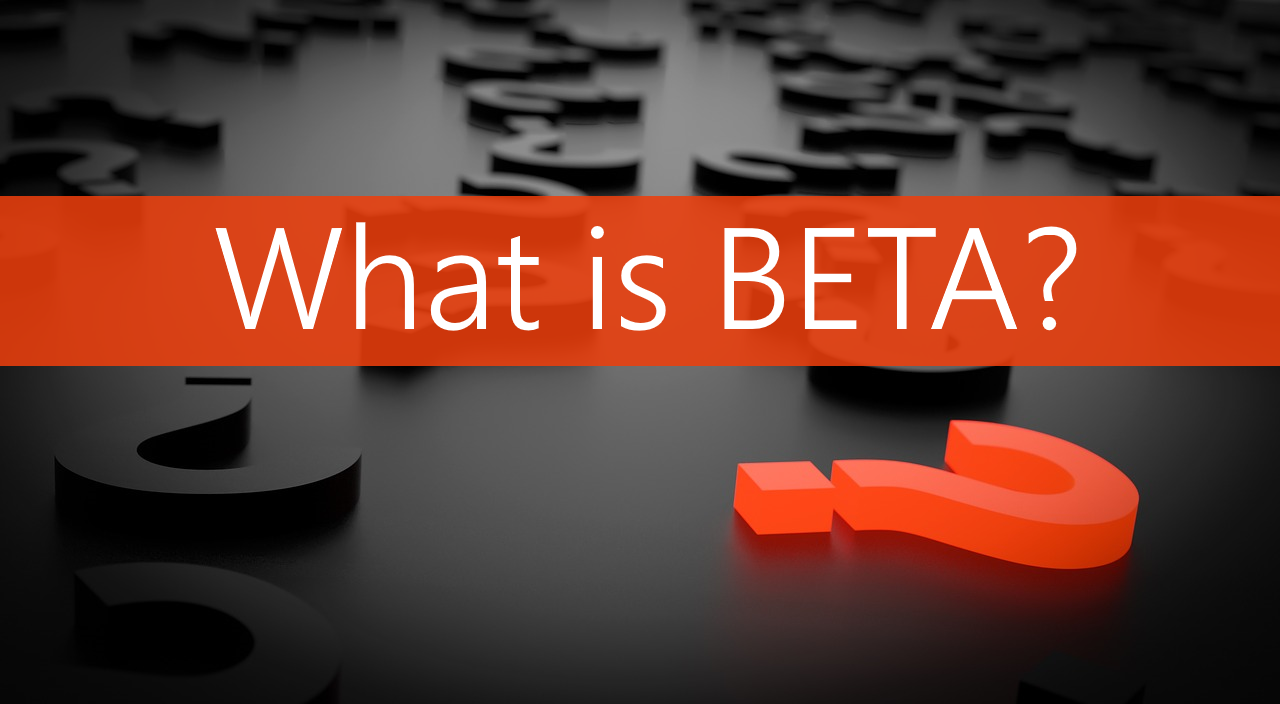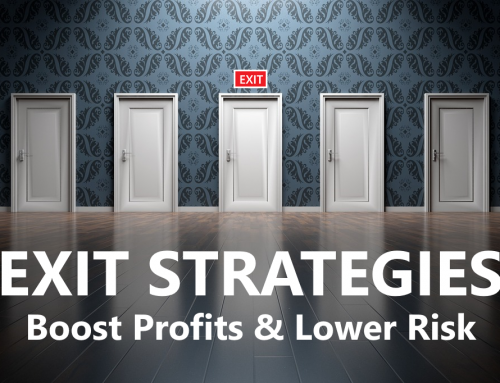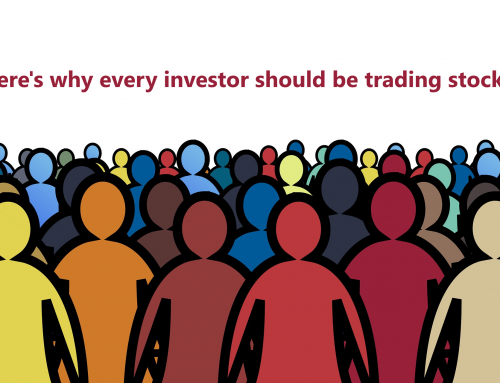Beta measures the level of risk, or price volatility of a stock in relation to the market as represented by the S&P 500. The market beta is always 1.0, so a stock with a beta of 1.0 means that the stock moves precisely with the market. When the market rises, the stock will rise on average to the same degree, and when the market drops, the stock will drop to the same extent. A beta of more than one indicates higher risk than the market, while a beta of less than one indicates lower risk than the market.
For example, a beta of 0.6 means a stock price is likely to move up or down only 60% of the market change, but a beta of 1.40 means the stock is likely to move up or down 40% more than the market. Some stocks have a negative beta and are inversely correlated with the market. When the market goes up, they go down, and vice versa. Each stock writeup in the RightLine Report includes the Beta for that particular stock.
Many investors like to have high beta stocks in their portfolios when they are bullish on the market, because if the market does go up, then their stocks will go up even faster than the market. If they become bearish on the market, they then switch to low beta or negative beta stocks because their portfolios will probably go down less than the market, and therefore outperform the market.
Many short-term traders who use the dual tactics of buying long and selling short tend to prefer high beta stocks regardless of whether the market is rising or falling. The higher beta stocks produce maximum price movement as quickly as possible. Keep in mind that although this method does allow for faster and larger gains, due to the increased risk, a Risk Control strategy is strongly recommended.






